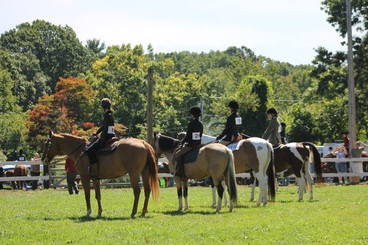
Does horse show season have your stomach in knots? Horse shows are exciting, fun, and stressful. These tips can help you to minimize the stress so that you can enjoy each horse show more.
Get a Good Night's Sleep
A positive show experience starts out with your being well rested. Go to bed early the night before a show and get plenty of sleep. Being well rested will affect your entire outlook on the day of the show, and means that you'll be able to think more clearly. This makes a big difference when the pressure is on, and you'll be better able to cope with stress when you've had enough sleep.
Start Early
You never want to feel pressed for time on the day of a horse show, so start everything long before you need to be ready. Have all of your equipment packed and ready the night before you leave for a show. Give yourself extra time when loading your horse so that you're not rushing if the process doesn't go as quickly as you'd hoped. Groom and tack your horse up early, and give yourself extra time in the warmup ring.
Get to the Grounds Ahead of Time
Being familiar with the showgrounds ahead of time can help to minimize your stress. Try to visit the grounds before the show to familiarize yourself with the layout. In some cases you may be able to pay a ring fee and bring your horse along with you. This can make the transition on show day easier for you both.
Pre-Register
If at all possible, always pre-register for your show classes. Pre-registering means that you'll have one less thing to worry about on show day, since you can just show up and get your number. As an added bonus, many shows offer a lower entry fee for early registrations, so you'll be saving a bit of money, too.
Bring a Friend
Bring a good horse friend along with you for the day. Your friend can help to keep you calm and lighten the situation, even when you're nervous. Plus, a buddy can help to hold your horse as you register, groom, and tack up.
Remember Why You Ride
In the end, it's really just a horse show. Think about the real reason that you ride - because of your love of the horse. Remember that horse shows are supposed to be fun, so take a deep breath, enjoy yourself, and spend some quality time with your horse and friends.
Get a Good Night's Sleep
A positive show experience starts out with your being well rested. Go to bed early the night before a show and get plenty of sleep. Being well rested will affect your entire outlook on the day of the show, and means that you'll be able to think more clearly. This makes a big difference when the pressure is on, and you'll be better able to cope with stress when you've had enough sleep.
Start Early
You never want to feel pressed for time on the day of a horse show, so start everything long before you need to be ready. Have all of your equipment packed and ready the night before you leave for a show. Give yourself extra time when loading your horse so that you're not rushing if the process doesn't go as quickly as you'd hoped. Groom and tack your horse up early, and give yourself extra time in the warmup ring.
Get to the Grounds Ahead of Time
Being familiar with the showgrounds ahead of time can help to minimize your stress. Try to visit the grounds before the show to familiarize yourself with the layout. In some cases you may be able to pay a ring fee and bring your horse along with you. This can make the transition on show day easier for you both.
Pre-Register
If at all possible, always pre-register for your show classes. Pre-registering means that you'll have one less thing to worry about on show day, since you can just show up and get your number. As an added bonus, many shows offer a lower entry fee for early registrations, so you'll be saving a bit of money, too.
Bring a Friend
Bring a good horse friend along with you for the day. Your friend can help to keep you calm and lighten the situation, even when you're nervous. Plus, a buddy can help to hold your horse as you register, groom, and tack up.
Remember Why You Ride
In the end, it's really just a horse show. Think about the real reason that you ride - because of your love of the horse. Remember that horse shows are supposed to be fun, so take a deep breath, enjoy yourself, and spend some quality time with your horse and friends.
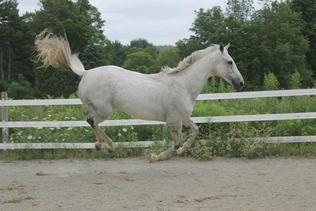
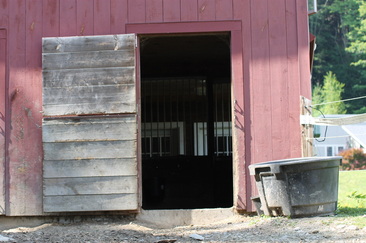
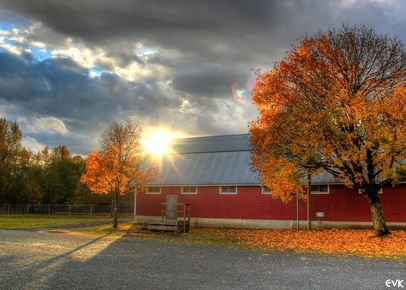
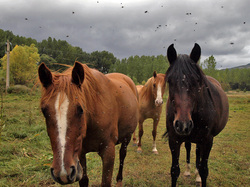
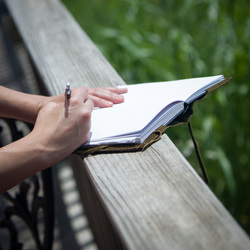
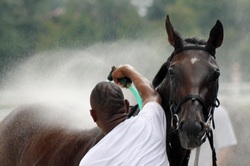
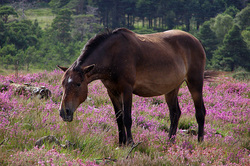
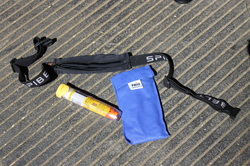
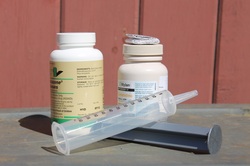
 RSS Feed
RSS Feed
